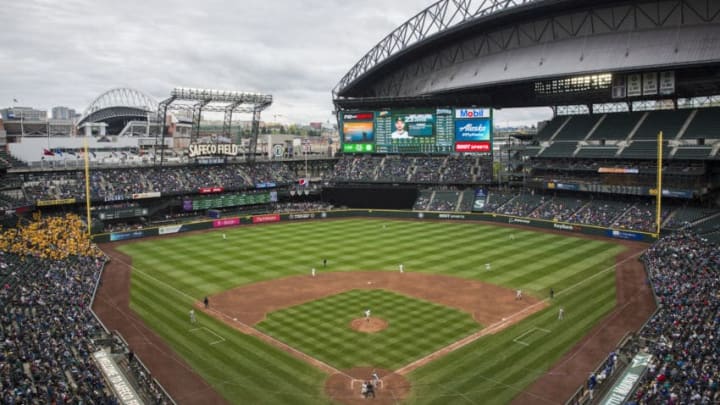#5: RHP Carlos Silva

Now it’s getting ugly. Oof.
This should be a good indication of where this list is going, because Silva could easily be in the top two or three. It should also be a really good indication of how poorly run the Mariners organization was and how lucky we truly are to have Jerry Dipoto.
Carlos Silva was a decent pitcher for the Minnesota Twins from 2004 to 2007. The Mariners decided his production in that period was worth $48 million over four years. It was a massive overpay.
The only year Silva had that warranted this kind of contract was 2005, in which he won nine games and posted a 3.96 xFIP. Even then, Silva could not strike anyone out and had to rely on inducing ground balls. The thing is, he couldn’t do that and thus suffer from a case of the dingers.
This was another situation in which the Mariners were putting too much stock into what a player did against them in the past, alike Kotchman. However, this was before Zduriencik. This was Bavasi, who we’re gonna touch upon quite a bit more as this list comes to an end.
Before signing in Seattle, Silva pitched 54.1 innings versus the Mariners to the tune of a 3.77 xFIP.
Like I said, though, Silva was a decent pitcher for the Twins. There was nothing that went against Silva being a solid fourth and fifth starter for the Mariners.
But Silva went off the rails. In 28 starts for Seattle in 2008, Silva atrociously went 4-15 with a 6.46 ERA (4.59 xFIP). While he had a higher K/9 than he ever did in Minnesota, Silva still struggled to keep the ball on the ground and had one of his worst years with the home run ball.
Silva’s contract saved his roster spot on the 2009 Mariners, but a shoulder injury limited him to just 30.1 innings. This would be a blessing in disguise for the Mariners, as Silva got off to an incredibly poor start that year.
After the season, Silva was traded along with $9 million to the Chicago Cubs for Milton Bradley, another awful Mariner.
Surprise, surprise – Silva went on to post career-high numbers with the Cubs in 2010, going 10-6 with a 3.75 xFIP.
